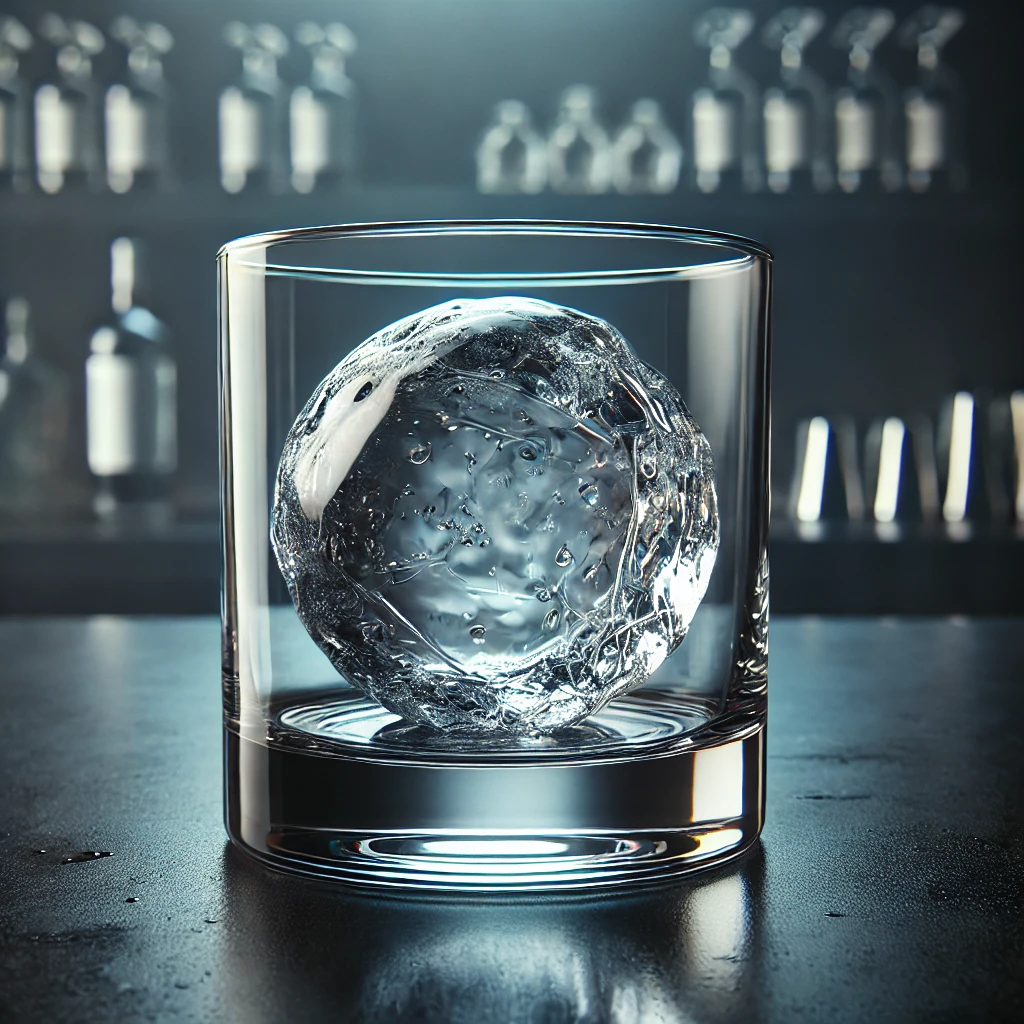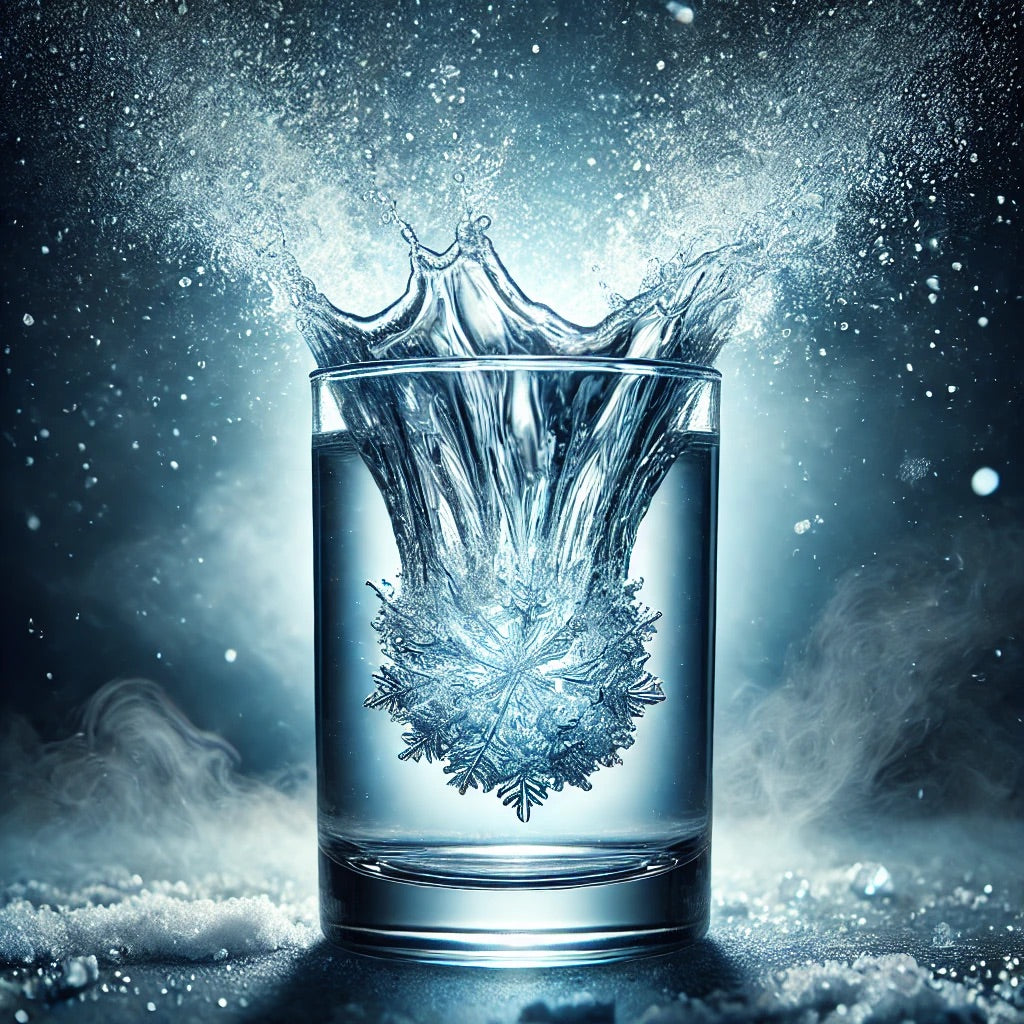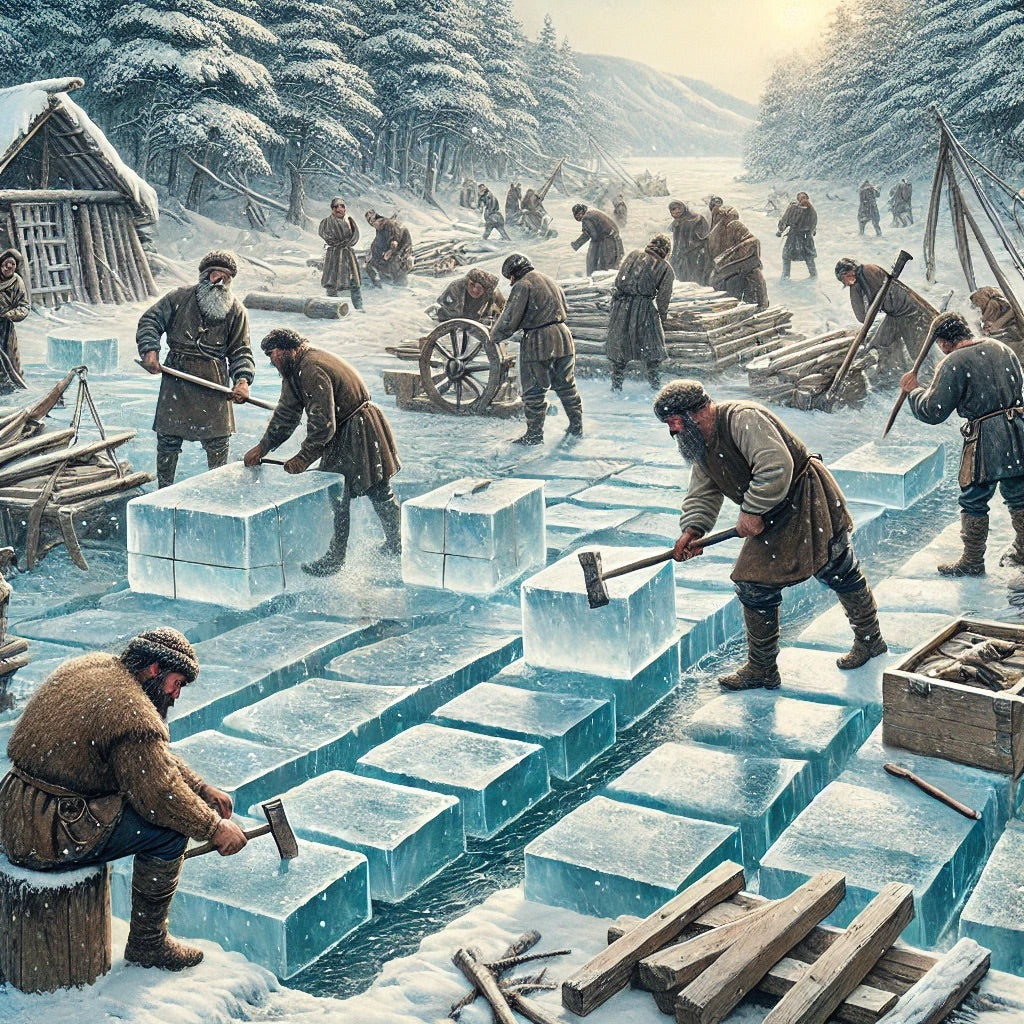Clear ice is considered better than cloudy ice for several reasons, primarily due to its purity, aesthetic appeal, and functional advantages. Here are some key reasons why clear ice is preferred over cloudy ice:
1. Purity and Taste
Clear ice is typically made from pure water that has been filtered or boiled to remove impurities and air bubbles. Because it lacks these impurities, it results in a cleaner, purer taste. This is particularly important for beverages, as cloudy ice can introduce unwanted flavors from minerals, impurities, or gases trapped in the ice during freezing. Clear ice ensures that your drink tastes the way it’s supposed to, without any off-flavors from the ice.
2. Slower Melting
Clear ice melts more slowly than cloudy ice, making it ideal for beverages. The slower melting rate is due to the absence of air bubbles and impurities in clear ice, which allows it to maintain its structure longer. Since cloudy ice has many trapped air pockets, it has more surface area exposed to warm temperatures, causing it to melt faster. Clear ice helps maintain the integrity of drinks by keeping them cold for longer without diluting them as quickly.
3. Aesthetic Appeal
Clear ice is visually more attractive than cloudy ice. Its transparency makes it look elegant and pristine, which enhances the presentation of cocktails, spirits, and other beverages. In high-end bars, restaurants, and events, clear ice is often preferred for its premium appearance. When serving drinks like whiskey on the rocks or cocktails, clear ice cubes or spheres contribute to a more polished and sophisticated presentation.
4. Uniform Freezing Process
Clear ice results from a controlled freezing process, usually freezing water slowly from one direction (often from the top down), which allows air and impurities to escape before the ice fully solidifies. This uniform freezing process not only makes the ice clear but also gives it a more consistent and stable structure. In contrast, cloudy ice is created by freezing water from all sides at once, trapping air bubbles and impurities that lead to weaker ice that cracks more easily.
5. No Residue or Fogging
When cloudy ice melts, it can sometimes leave behind residue or fog in the glass, due to the minerals and impurities that were trapped in the ice. Clear ice, being free of these impurities, melts cleanly without leaving behind any noticeable residue, making for a better drinking experience.
6. Functional Use in Bars and Restaurants
In professional settings like bars and restaurants, clear ice is often preferred because of its aesthetic appeal and slower melting rate. Bartenders use clear ice in high-end cocktails to ensure the drink looks appealing and stays cold without diluting too quickly. Additionally, large, clear ice cubes or spheres are often used in specialty cocktails like whiskey on the rocks, where maintaining the temperature without altering the taste of the drink is crucial.
Summary of Advantages of Clear Ice Over Cloudy Ice:
• Better taste: Lacks impurities that could affect flavor.
• Slower melting: Preserves drinks longer without dilution.
• Aesthetic appeal: Crystal-clear appearance enhances presentation.
• More durable: Stronger structure due to fewer air bubbles.
• Cleaner melting: Leaves no residue in the glass.
Overall, clear ice is preferred for its superior quality in terms of taste, aesthetics, and functionality, particularly in settings where presentation and drink quality are important.



